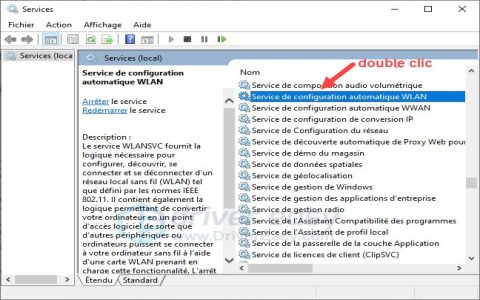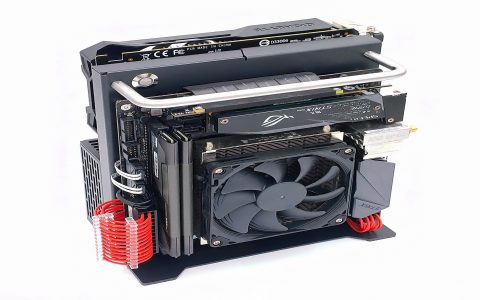Selecting the optimal 1394 (FireWire) cable requires attention to specifications, build quality, and compatibility. Focus on these key factors:
Critical Specifications
- IEEE 1394 Version: Match your devices (1394a/FireWire 400, 1394b/FireWire 800). Use 1394b for 800 Mbps transfer rates; backwards compatible with adapters.
- Cable Rating: Standard cables support up to 4.5m (15ft). Active or repeater cables extend beyond this limit (verify max length).
- Connector Types: Identify ports on devices:
- 6-pin (1394a, provides bus power)
- 4-pin (1394a, no bus power, common on camcorders)
- 9-pin Beta (1394b)
- Use correct adapters/dongles for mismatched ports.
Build Quality & Shielding
- Robust Connectors: Metal housings resist bending and plug/unplug stress. Gold-plated contacts resist corrosion.
- Dense Shielding: Essential to minimize EMI/RFI interference, critical for stable data transfer (look for braided shield plus foil).
- Flexible Jacket: Durable, strain-relieved jackets prevent kinking and core damage.
- Certification: Genuine cables certified by IEEE standards ensure performance and safety.
Top-Performing Brands (Selecting Reliable Options)
- Granite Digital: Industry leader for pro AV and post-production, known for exceptional quality and shielding. Highly recommended for mission-critical applications.
- Cable Matters / Monoprice: Offer reliable, well-constructed options for general use at competitive prices. Look for their higher-tier shielded cables.
- Tripp Lite / Belkin: Known for durable cables with good overall performance in business/enterprise environments.
- Legacy Brands: Griffin Technology, Startech, and Apple's original (discontinued) cables are generally reliable if NOS or lightly used.
Expert Buying Advice
- Prioritize Needs: Casual use (internal drive transfers) vs. Pro AV workflows demand different quality tiers. Invest appropriately.
- Beware Counterfeits: Avoid suspiciously cheap cables; they often lack proper shielding and use inferior materials leading to data corruption or device damage.
- Check Packaging: Reputable brands clearly state IEEE 1394 compliance, shield type, AWG rating, and supported versions.
- Avoid Adapter Bottlenecks: For 1394b devices, use a direct 9-pin-to-9-pin cable whenever possible. Adapters reduce speed to 1394a (400 Mbps).
- Physical Inspection: Quality cables have noticeable heft due to shielding. Connectors should fit snugly without excessive force.
- Consider Surge Protection: For expensive equipment, opt for cables with built-in transient voltage suppression (less common but valuable).
Final Tip: Verify OS and device firmware compatibility, especially on older Macs or legacy capture hardware, as improper implementation can cause issues irrespective of cable quality.








